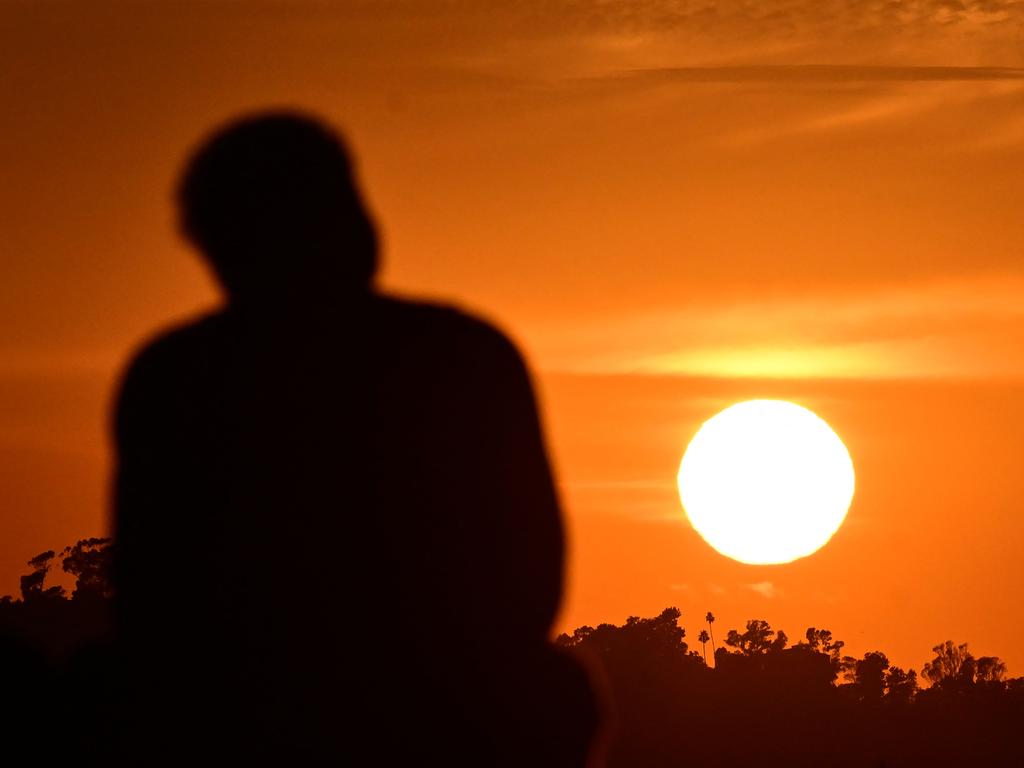Russia hot on India’s heels in new space race
The south pole of the moon could be a bit crowded this summer.

The south pole of the moon could be a bit crowded this summer.
On Monday India sent back pictures from its mission to put a lander near a polar crater, at the same time as Russia announced it was on track to launch a craft to the same region this week.
If India is successful, it would mark the first “soft landings” near the moon’s south pole and the country would become the fourth, after the Soviet Union, China and the US, to put a rover on the moon. India’s space agency’s images of the moon were taken by its Chandrayaan-3 spacecraft, which is now in orbit after a series of increasingly elongated loops around the Earth.
The country hopes to put a rover on the surface on August 23, after failing with a similar mission in 2019.
Russia said that its lander, Luna 25 – the name a nod to continuity with the Soviet moon exploration program – would be launched on Friday.
With the lunar mission, Russia’s first since 1976, Moscow is seeking to restart and build on the Soviet Union’s pioneering space program.
Engineers had assembled a Soyuz rocket at the Vostochny cosmodrome in the Russian Far East for the launch of the lander, Roscosmos said.
It had been planned as part of a partnership with the European Space Agency but co-operation was cancelled after Russia invaded Ukraine.
Much of the exploration of the moon has focused on the equator. The poles have increased in importance, however, because of the possibility that particularly in the south, where parts of craters are in permanent shadow, they contain ice. This could be used to sustain future moon bases.
India’s rover carries instruments to assess the terrain, atmosphere and tectonic activity.
The Russian craft will also provide data on soil composition and the proportion of ice. Another goal is to improve techniques for landing in the region. The US Artemis program intends to put astronauts on the moon in the south pole region before the end of the decade, with a view to establishing a permanent base.
The Indian team will be hoping it has learnt the lessons of the previous mission, when the lander crashed. Chandrayaan-3 weighs almost four tonnes, including the 1.5 tonne lander.
If all goes well that lander will deliver the 26kg rover Pragyan – Sanskrit for wisdom – to the surface in just over two weeks.
Chandrayaan-3 cost a mere $110m, with one of India’s aims of the mission being to develop lower-cost space exploration.
The Times







To join the conversation, please log in. Don't have an account? Register
Join the conversation, you are commenting as Logout